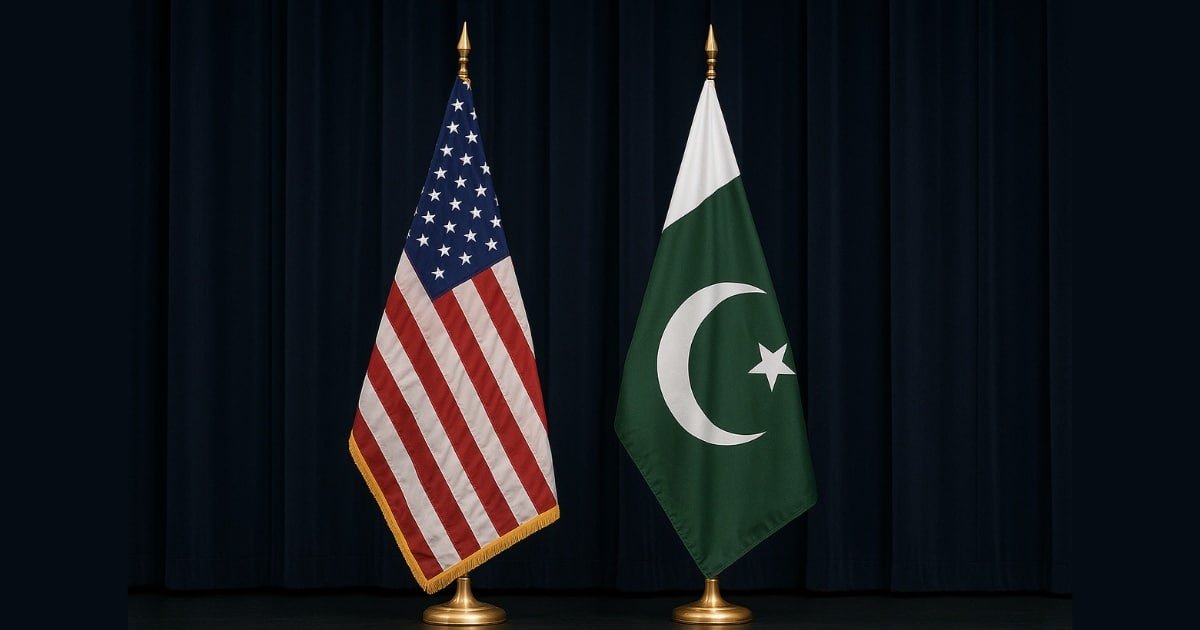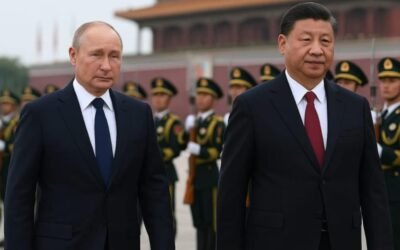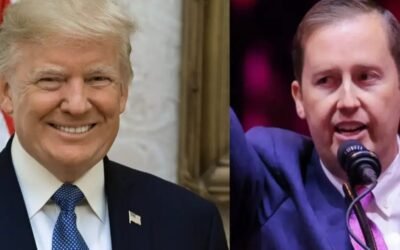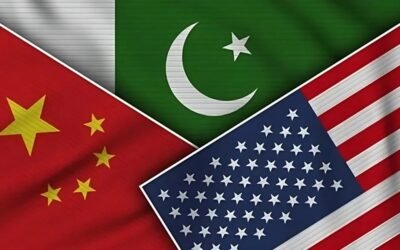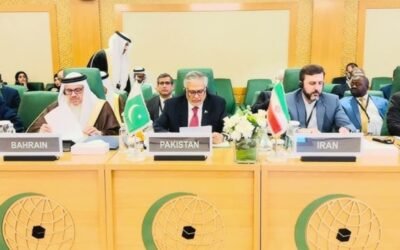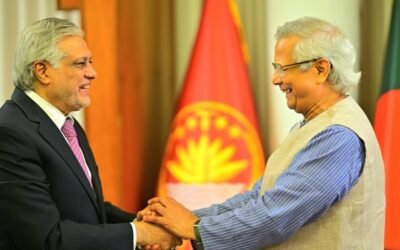In 2025, the US took a dramatic diplomatic turn towards Pakistan. Field Marshal COAS Asim Munir was hosted by President Trump at the White House. Washington reduced tariffs on Pakistan products. The two countries initiated groundbreaking energy projects. The move is a significant transformation of South Asian geopolitics. It follows years of U.S. neglect and open favoritism toward India. This is a watershed moment for Pakistan. It can now exploit its strategic location and its economic potential. The renewed partnership needs careful navigation to achieve success. Pakistan needs to defend its sovereignty. It must protect and advance its economic interests. It also needs to enhance its position as a regional stabilizer.
Strategic Significance: Foundation of Relevance
Pakistan is geographically situated between South Asia, Central Asia, and the Middle East. This is the most significant strategic asset. The withdrawal of the U.S. from Afghanistan altered the balance in the region. The recognition of the Taliban by Russia unveiled the limit of American influence. It also enhanced the worth of local intermediaries. Pakistan can mediate with Iran. It can handle cross-border security. Pakistan also has the potential to influence Central Asian connectivity corridors. These roles make it indispensable for US goals in the region.
Pakistan’s latest hydrocarbon finds boost the economy. The nation possesses reserves of 9 billion barrels of oil. These reserves have a worth of approximately $6 trillion. They would be able to cut the Pakistani oil import bill of $16 billion a year. They can also transform it into a future energy provider for the region. ExxonMobil and Chevron are U.S. giants eager to take the lead in extraction. This brings about mutual dependence that is not bound to traditional aid.
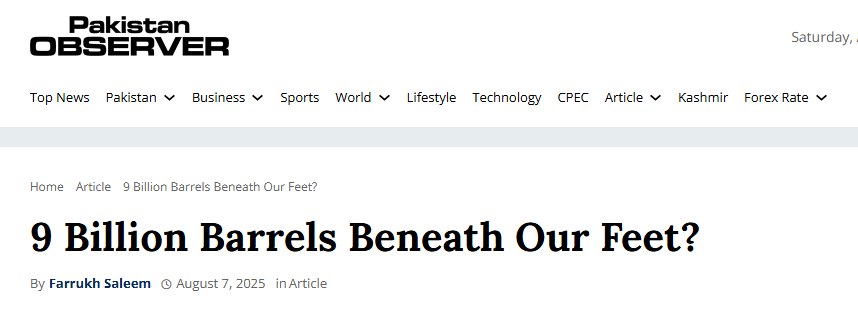
Source: Pakistan Observer
Economic Diversification: Beyond Geopolitical Rent-Seeking
The 2025 U.S.-Pakistan Trade Deal cut tariffs on Pakistani textiles to 19%. This gives quick export relief but must also drive deeper economic change. Pakistan’s shift from geopolitics to geo-economics requires turning U.S. interest into lasting investment. Joint oil and gas projects should include technology transfer and greater refining capacity to cut import dependence. Pakistan’s 15 to 20 million cryptocurrency users and $2.5 billion IT sector can attract U.S. investment in block-chain and AI, backed by a young workforce. Export growth must go beyond textiles, opening U.S. markets for agriculture and minerals, especially amid U.S.-India trade tensions. Economic ties should avoid overreliance. CPEC stays central to Pakistan’s infrastructure, but U.S. investment in railways, ports, and mining can bring complementary capital without weakening Chinese partnerships.
Diplomatic Agility
Pakistan’s relevance depends on avoiding binary alignments. This was evident in the visit made by Field Marshal Munir to Turkey following his meeting at the White House. It bolstered regional relations while involving Washington. Pakistan has to balance major powers to remain relevant. It must maintain close Sino-Pakistani relations via CPEC and allow partial U.S. aid in energy and technology. And as Dr. Yasir Masood points out, U.S. overtures don’t have to jeopardize the China partnership. Pakistan pursues a policy of “no-camp politics”, aiming to engage both Washington and Beijing without exclusive alignment. This approach gives Islamabad diplomatic flexibility, allowing it to adapt and cooperate with rival powers. While managing such a balance is complex amid regional rivalries and great-power competition, Pakistan’s diplomatic record shows it has the experience to navigate these challenges. Pakistan should also lead regional diplomacy. It can mediate between the U.S. and Iran, relying on how it played a part in the U.S.-China rapprochement in the 1970s.
🚨 BREAKING: Pakistan just secured a powerful seat at the global table — appointed Vice Chair of the UN Security Council’s Counter-Terrorism Committee.
A major diplomatic win. Big shift in global perception. 🇵🇰🌍 pic.twitter.com/z9DAVjaWHH
— Defence Index (@Defence_Index) June 4, 2025
The other priority is to promote connectivity. Pakistan reaffirmed its commitment to promote the trade routes linking Central Asia to the Arabian Sea coasts, like Gwadar. This has the potential to attract U.S. investment and further its geo-economic vision. Transactional tendencies of the U.S. are countered by a multi-vector strategy. Pakistan’s agility can turn this to its advantage, allowing targeted cooperation without exclusive alignment.
You May Like To Read:
- Trump–Putin Anchorage Summit Ends Without Ukraine Deal
- Lieutenant General Nigar Johar: Woman of Steel
Security Stewardship
Pakistan’s counterterrorism capacity and nuclear responsibility form the base of its security role. The country has lost 70,000 lives since 2001 in this fight. Pakistan can use its ceasefire credibility after the 2025 India-Pakistan conflict, endorsed by Trump, to strengthen its role as a crisis manager. It should also expose external threats. Documenting cross-border terrorism, including the 45% rise in attacks in 2024 reported by the Global Terrorism Index, can hold India accountable internationally. Modernizing deterrence is another priority. AI-driven defense systems and stronger cybersecurity will improve readiness. Security policy must protect the sovereign agency.

Source: DAWN
Navigating Risks
The U.S. pivot brings real dangers. Many Pakistanis doubt American reliability. They remember how alliances collapsed after the Soviet-Afghan war. They recall post-2010 counterterrorism pressures. Mitigating this requires firm steps. Energy and trade deals must be binding and backed by the state, not just verbal promises. Civilian and military leaders must agree on U.S. engagement to avoid politicization. Pakistan should balance affirmations. It must keep high-profile exchanges with China and Russia while engaging Washington. Field Marshal Munir’s regional diplomacy shows this in action. Trump’s unpredictable moves, such as slapping tariffs on India days after praising Modi, show why cautious pragmatism is essential.
Conclusion
Pakistan stands at a turning point. The U.S. pivot brings economic relief and diplomatic space. But it also requires smart statecraft to avoid the old trap of dependency. Pakistan can use its location, energy wealth, and diplomatic agility to turn this moment into lasting relevance. The U.S. should be seen as one partner, not a patron. Engagement must be diversified, keeping strong ties with China, Russia, and regional neighbors. Field Marshal Munir’s diplomacy shows new confidence. Pakistan can act as a sovereign power shaping its own destiny, not as a pawn in great power games. With economic diversification and firm commitment to regional stability, it can become not just relevant, but indispensable.

